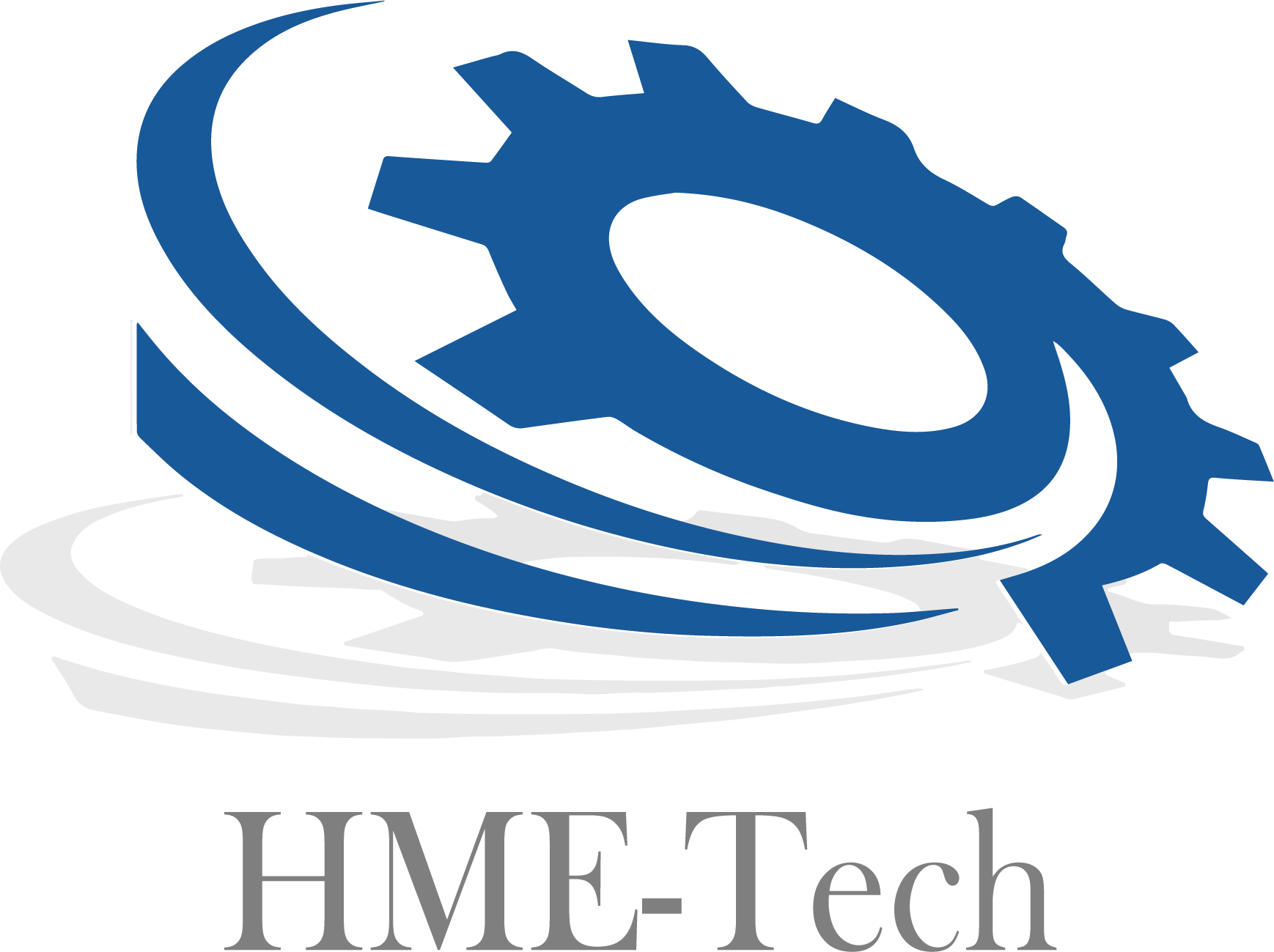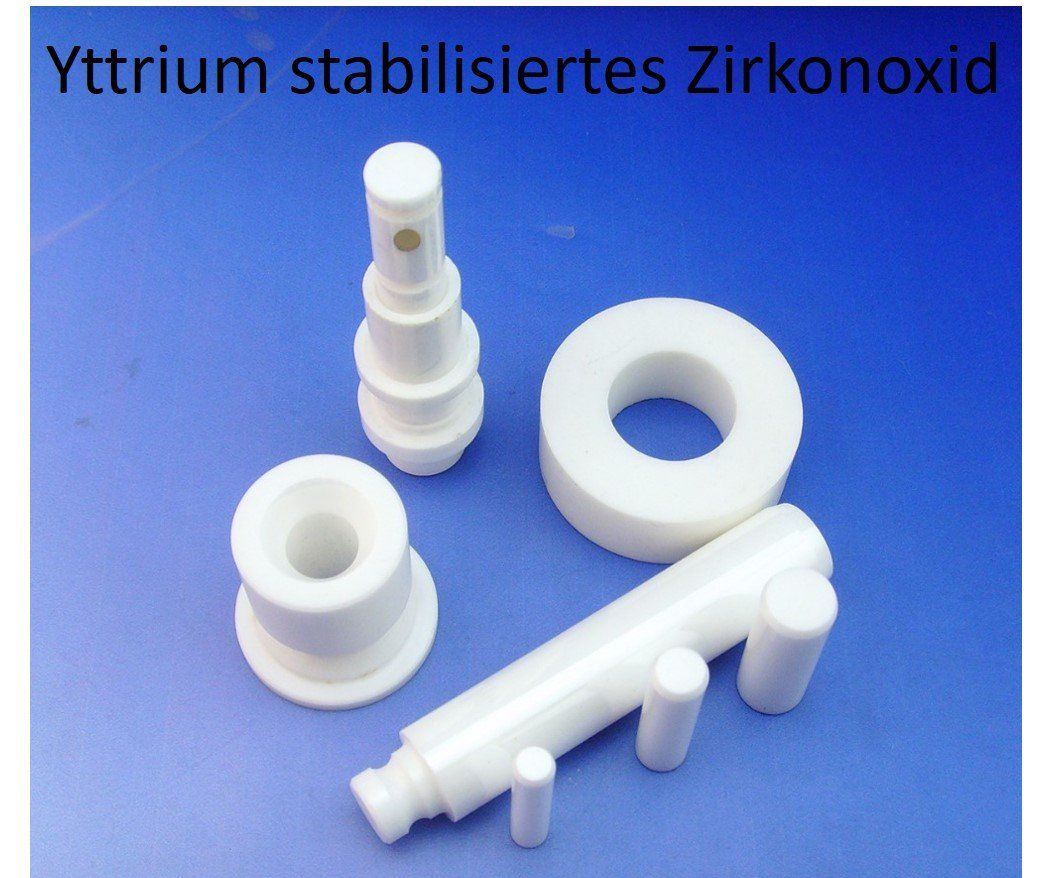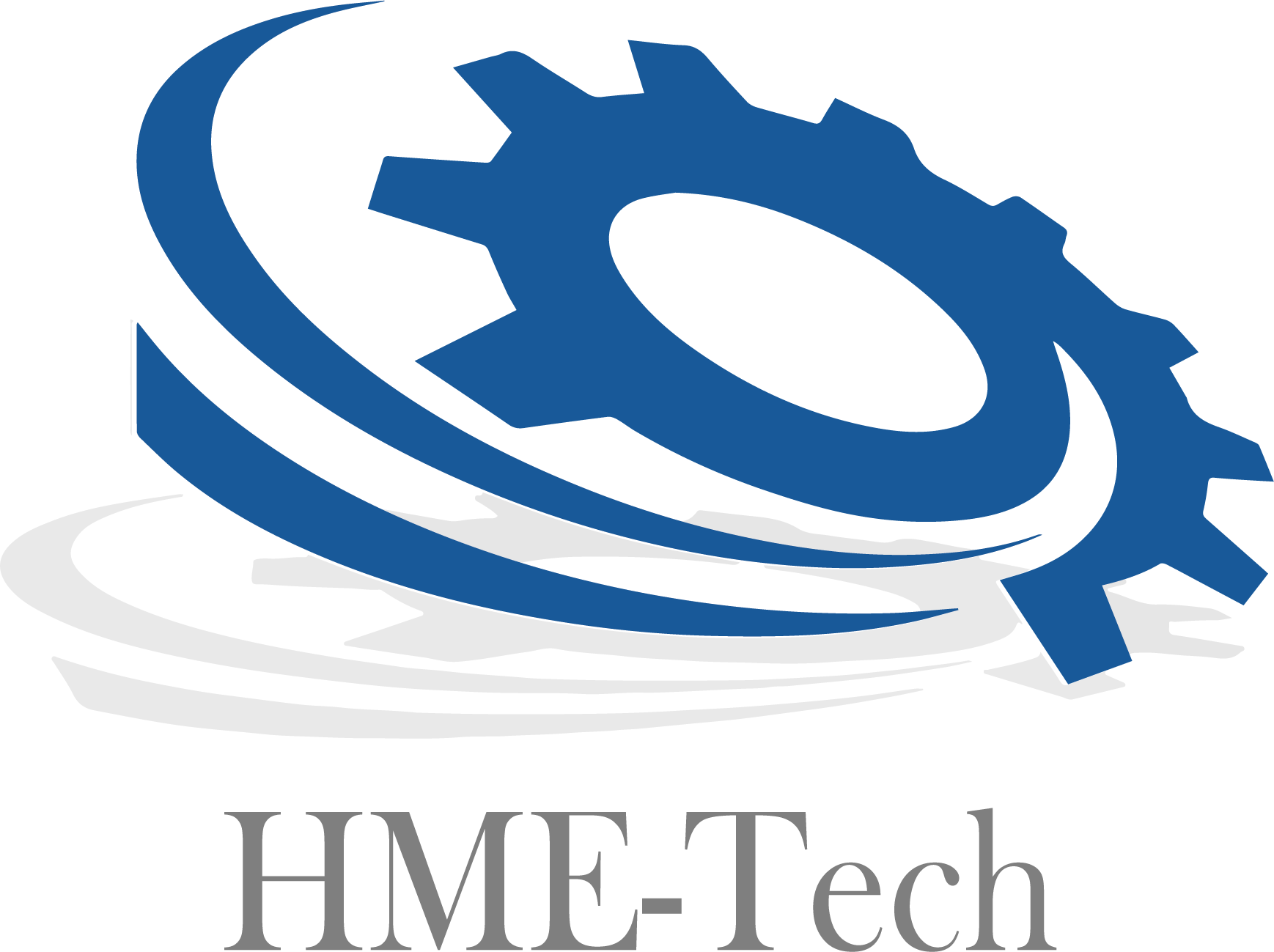Great Technologies
need great
materials
Zirconia ceramic semi-finished products and machining
Zirconium oxide ceramic is the second most commonly used technical ceramic next to aluminum oxide ceramic.
Due to the versatile properties of this oxide ceramic, interest in applications in mechanical engineering, sensor and medical technology is growing steadily.
Zirconium oxide ceramic components are rarely made from pure zirconium oxide, since cracks often appear in the structure during the cooling phase to room temperature. To avoid this, ZrO2 is stabilized with yttrium oxide (Y2O3) or magnesium oxide (MgO).
Depending on the area of use and application, a distinction is made between partially stabilized and fully stabilized zirconium oxide. The strength, hardness and ionic conductivity are significantly influenced by this. In addition to the change in physical properties, the ability to process zirconium oxide components also changes. Due to its strength, partially stabilized zirconium oxide can best be processed mechanically by milling, turning and grinding.
Zirconium oxide ceramics have many advantages for industrial applications:
- high wear resistance
- very high fracture toughness
- high bending and tensile strength
- high compressive strength
- very low thermal conductivity
- Oxygen ion conductivity
- very good tribological properties
- easy to edit
We process zirconium oxide ceramic components according to customer requirements, from individual quantities for prototypes to large-scale production. The processing is carried out by milling, turning or grinding the zirconium oxide ceramic semi-finished product.
Common ZrO2 ceramic components and standard parts:
- ground plates
- ground rods
- Nozzles
- pump parts
- Pistons
- Crucible

Machining yttrium stabilized zirconia
Zirconium oxide is a polymorph ceramic and occurs in 3 different modifications.
When the ZrO2 cools down, the cubic phase forms first. If the ZrO2 is further cooled, this changes to the tetragonal phase. The last phase to form is the monoclinic phase, which is also present at room temperature.
The problem with the cooling and transformation of zirconium oxide is the associated cracking.
To avoid this, zirconium oxide is stabilized with yttrium oxide. One speaks colloquially of yttrium-stabilized zirconium oxide.
Depending on the area of application, we stabilize zirconium oxide with different proportions by weight (molar proportions) of yttrium oxide.
- 3 YSZ: 3 mol%, 5% weight yttrium stabilized zirconia
- 5 YSZ: 5 mol%, 9% weight yttrium stabilized zirconia
- 8 YSZ: 8 mol%, 13% weight yttrium stabilized zirconia
We machine yttrium stabilized zirconium oxide components according to drawings. The processing is usually carried out by milling, turning or grinding.
Send us your request by email or use the contact form:







